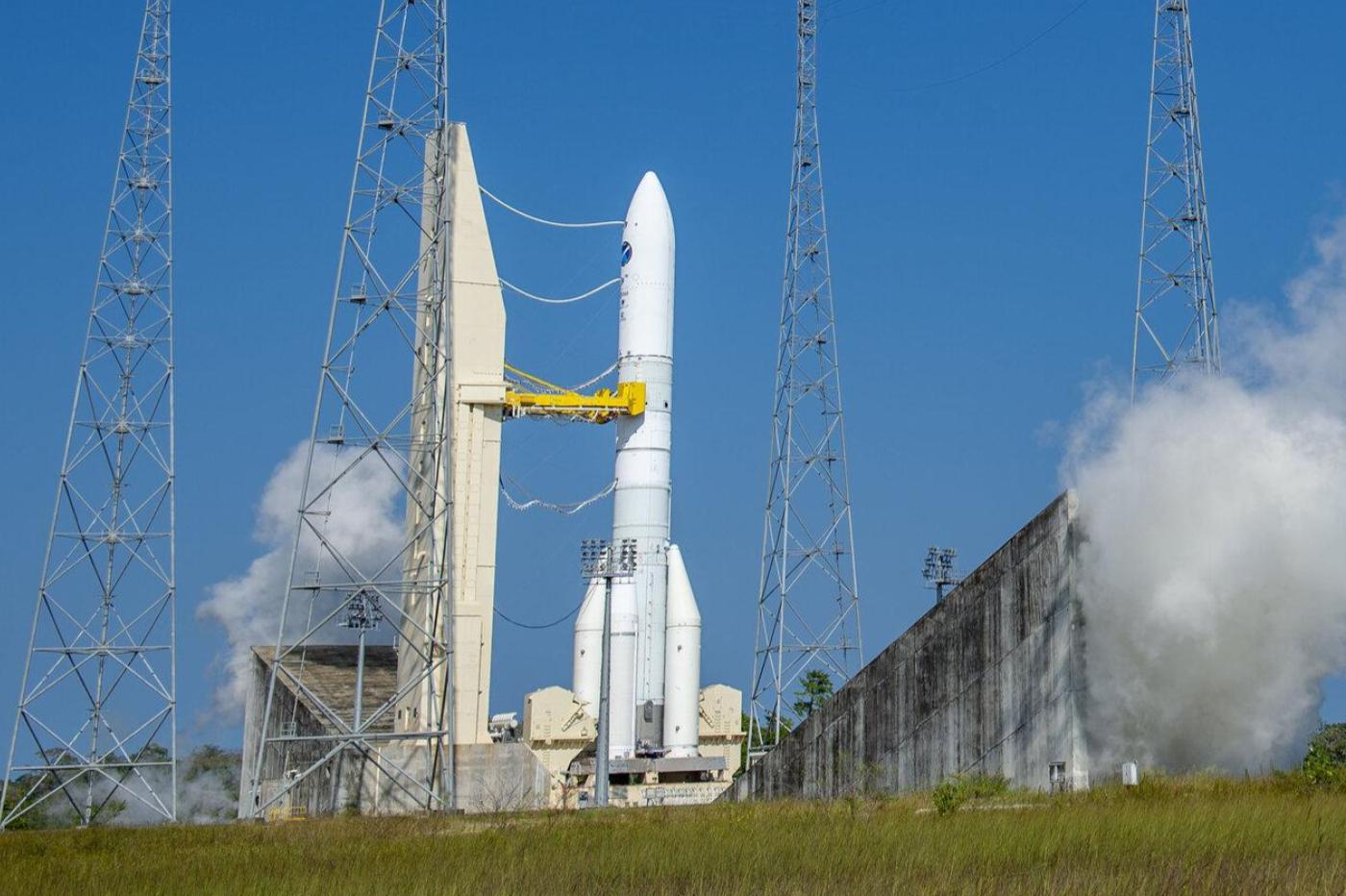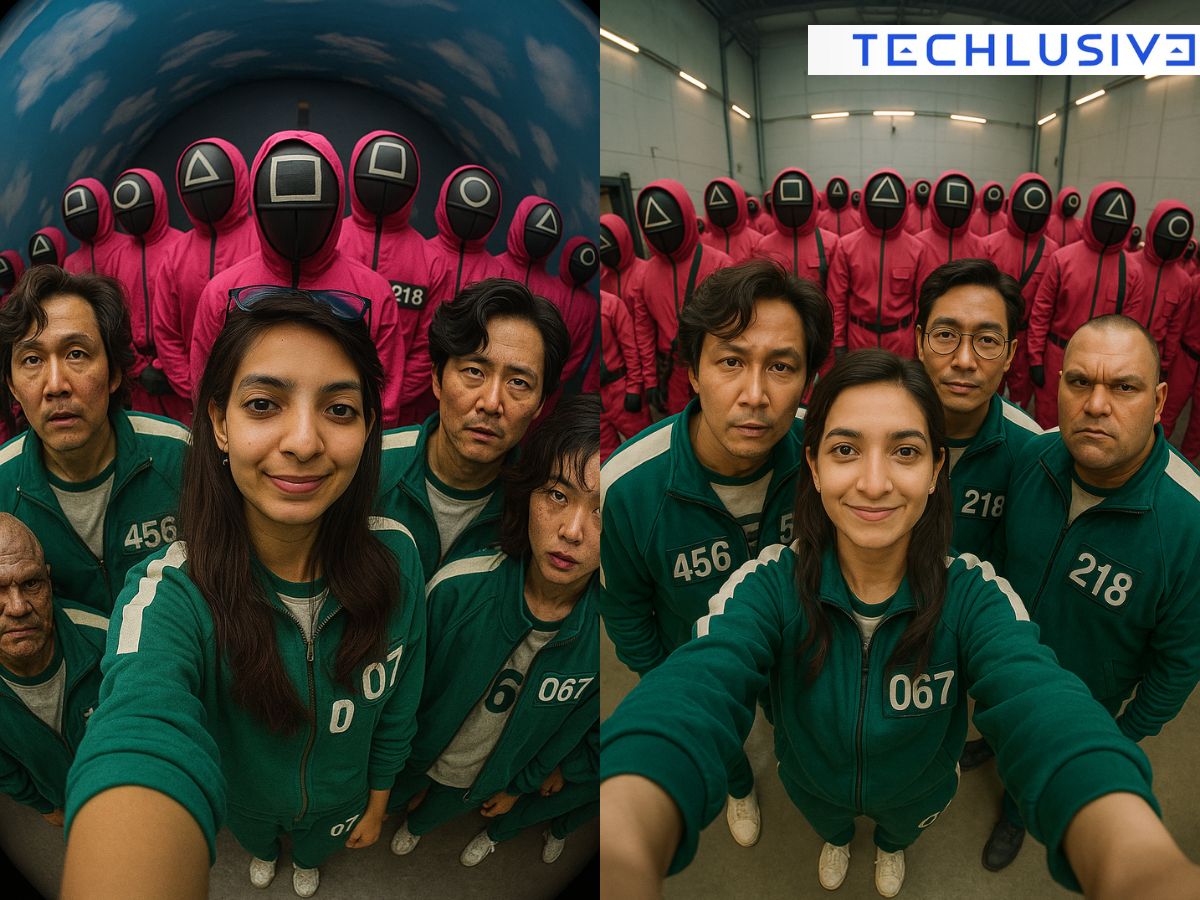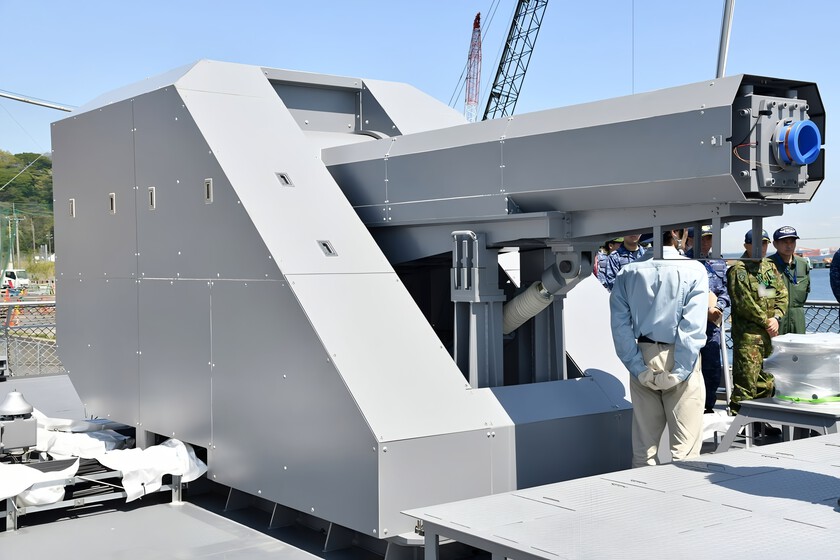Ariane 6 is now operational, and this is excellent news for European aerospace – but that does not mean that it will stop evolving. ESA has just announced by press release that the engine of its future boosters, called P160C, was successfully tested for the first time April 24 – a major milestone in the development of the next iterations of the launcher.
Allowing medium or heavy launchers like Ariane to defeat earthly gravity is anything but child’s play. The mass of these devices generally amounts to hundreds of tonnes, and it is therefore necessary to provide a very important thrust to allow them to take off. The main engines with liquid ergols are unable to achieve it alone.
It is for this reason that rockets are often with lateral propellants called boosters. They help the vehicle to garner speed during the first phase of the ascent, before being ejected at altitude, once the influence of earthly gravity becomes less noticeable. These are therefore absolutely crucial elements for large caliber launchers; Increasing the power of boosters amounts directly to increasing the cost of charging of the rocket, and, by extension, its operational performance.
A grain of performance and competitiveness
Today, Ariane and Vega-C-her little sister in the European rocket family-use a booster model called P120C. The latter is relatively recent; It was inaugurated during the first flight from Vega-C in July 2022. But ESA and CNES expect a lot of their two spearheads, which will have to tackle increasingly ambitious missions in the coming years. To gain the room for maneuver, the European agency therefore made the decision to work on a new iteration, called P160C.
The main evolution concerns booster measurements: the P160C is one meter longer than its predecessor. It might seem anecdotal, but that is anything but negligible in practice. This additional volume allows the engine to embark more than 14 tonnes of additional solid propergolwith all that that implies in terms of the payload capacity and commercial competitiveness.
This new booster includes three main components. The first is a light and resistant structure, built in carbon/epoxy composite by the Italian company Avio. This service provider also controlled the design of the second element, the composite aluminum ignition, which was then manufactured by Nammo in Norway. There remains the nozzle, the role of which is to evacuate the gas produced by the combustion of the propergols to generate thrust. In this specific case, it also plays a significant role in driving the vehicle thanks to its ability to rotate. This very important component was manufactured by Arianegroup on its Haillan website, near Bordeaux.
These three elements were then assembled in Guyana, where we find in particular the launch base of the Ariane rockets, within the common subsidiaries between Avio and Arianegroup (respectively Regulus and Europropulsion). It only remained only to test the engine through what is called a qualification test. And this is precisely what ESA did this Thursday on the test bench for powder accelerators (BEAP) of the CNES. The agency said this test resulted in success. This suggests that the P160C is not only functional, but that its performance complies with engineers’ expectations.
This is very good news for the future of Ariane and Vega-C. Even if the ESA press release does not indicate when this new Booster will come into service, it is undoubtedly a major milestone in the development of future changes in European launchers, which will benefit from a gain in substantial performance.
Ariane 6 regains service this summer
In the meantime, we therefore meet you at the next Ariane 6 mission, which will take place in August. The new European aerospace star will be responsible for deploying the METOP-SG A1 meteorological satellite on a Heliosynchrone orbit. It will be very interesting to see if this flight will take place as well as the first commercial mission of the launcher, brilliantly carried out at the beginning of March.
🟣 To not miss any news on the Geek newspaper, subscribe to Google News and on our WhatsApp. And if you love us, .











